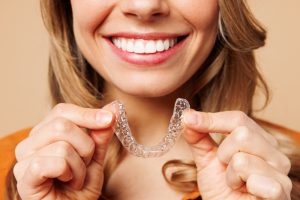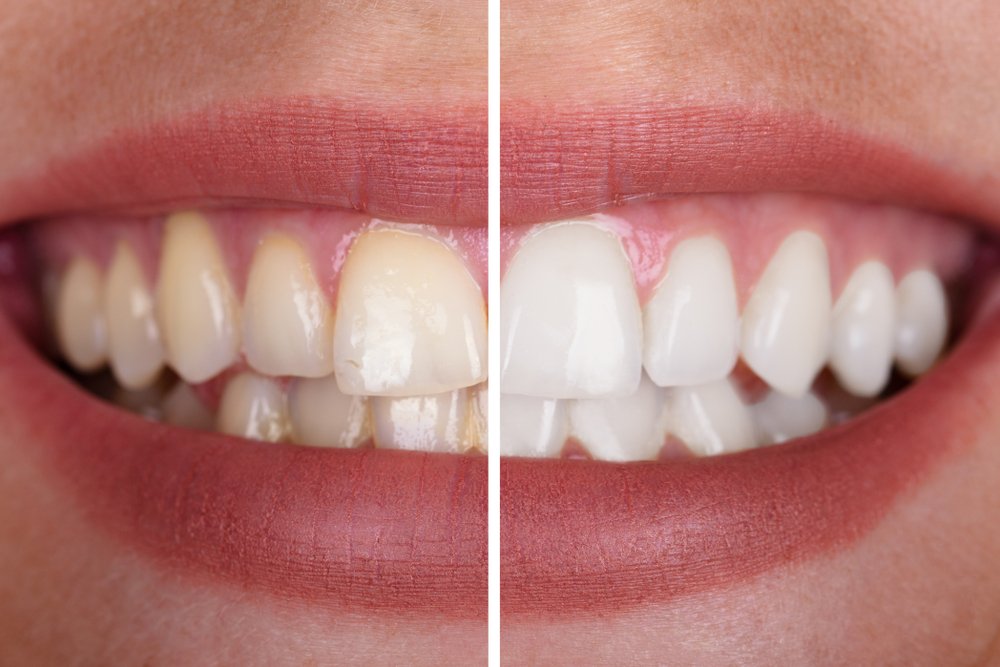If you’re like most people, you’ve probably had to get a dental filling at some point or another. We all let our oral hygiene lapse or can’t reach that one spot. It happens to the best of us; try as we might prevent it. The thing is, most people don’t give a second thought to what the filling is. It’s going in your mouth and will likely be with you for the next 20 years. In today’s blog from Parkcrest Dental Group, we will examine the history of fillings and why those used today are better for us in so many ways.
What Are Fillings?
Let’s start with the basics: what are fillings, and why do we need them? Something has to be done when something happens to our teeth due to impact, decay, or fracture. If the tooth goes without being repaired, it can cause severe pain and infection and may need to be removed. That’s where fillings come in. They fix the damage and allow you to keep the tooth and continue using it like normal.
The Beginning
When fillings were first used, they weren’t quite as seamless. Or painless, for that matter. Early fillings used materials mixed from various metals. These are what we call ‘amalgam’ fillings, and they’re made from silver and mercury. Because they aren’t malleable, they had to be held in place mechanically. This means that they had to be wedged into the tooth with force to make them stay in place. If you weren’t lucky enough to have the right fit in your damaged tooth, the dentist might have had to remove even more of it to get the filling in place.
Today’s Fillings
Now that we’ve established how bad it could be, let’s move on to how far medicine has advanced. First and foremost, fillings are now able to be colored the same as your natural tooth. Not only does it look more natural in your mouth, it feels more natural as well. These modern fillings form an enduring bond in the tooth they’re used on, which means they don’t need to be very big. In other words, the dentist will never need to remove more of your tooth to fit the filling in.
Another benefit to modern fillings is their material composition. Instead of metals, they’re made of a combination of plastic, glass ionomer, and silica. This prevents the risk of damage to your teeth over time. The metal expands and contracts based on the temperature of its surroundings. This puts immense pressure on the tooth and can cause additional cracking or fracture. The innovative ingredients can flex with your tooth, eliminating the risk of damage due to expansion.
Where your health is concerned, modern fillings have also made huge strides. Composite fillings are much smoother around the edge, meaning they don’t trap food or plaque as easily as their predecessor.
Next time you groan because your dentist says you need a filling, remember how bad it could be if dentistry hadn’t improved.
Talk to Parkcrest Dental Group
If you are experiencing any dental issues, seek medical help immediately. If you don’t have a dentist, contact Parkcrest Dental today or call (417) 887-1220. We would love to partner with you in better oral hygiene or if you need fillings.




